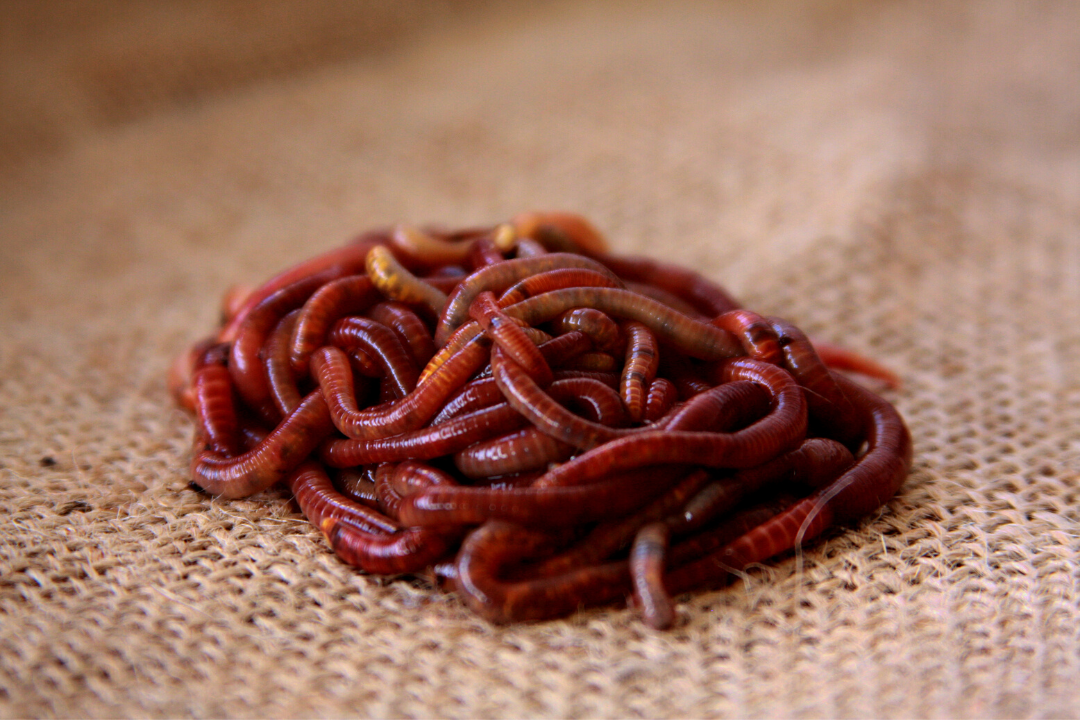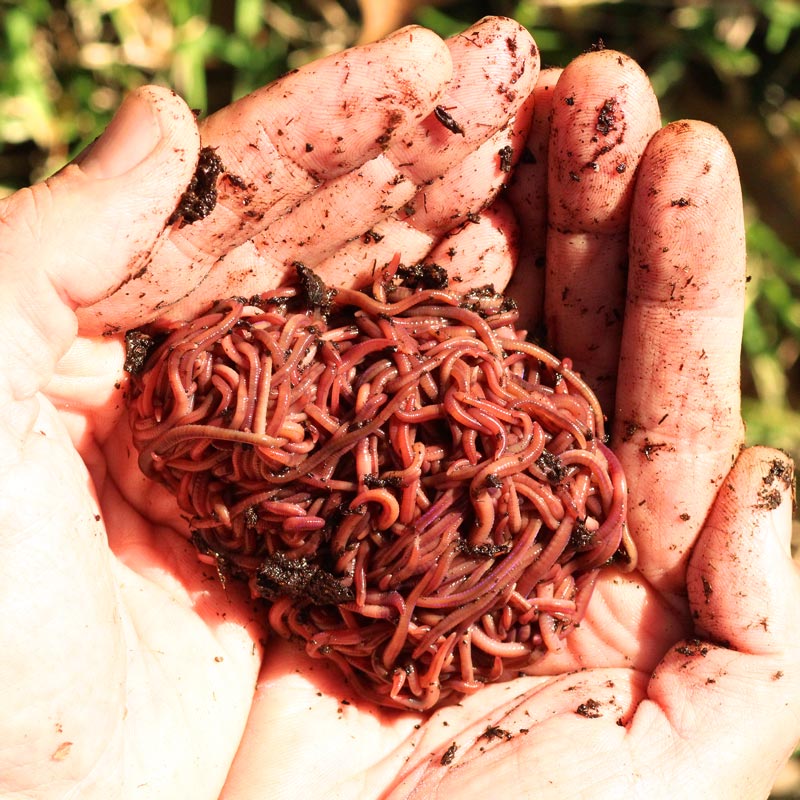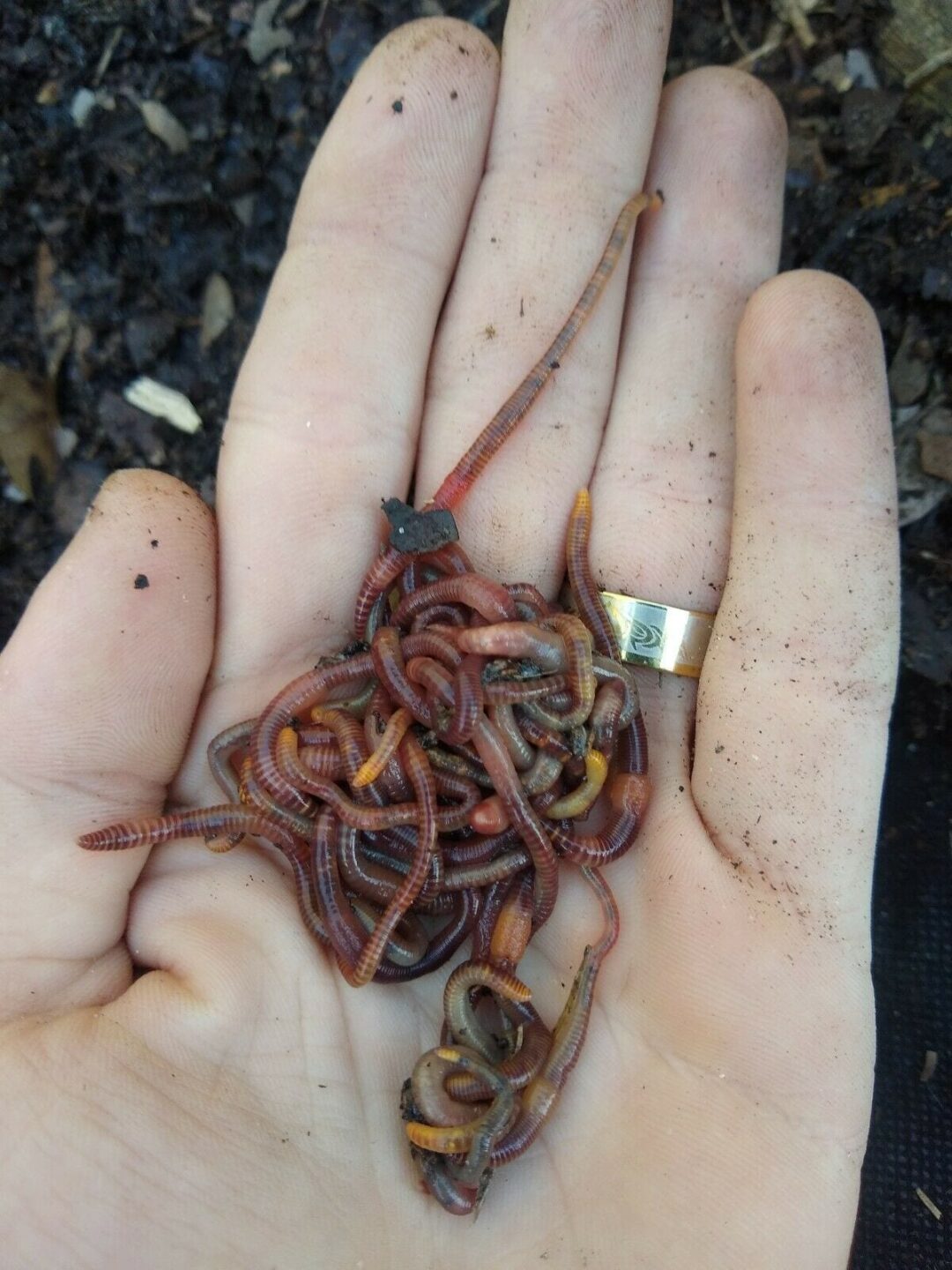Maximize Lawn Growth with Effective Products from Red Wiggler Express
Maximize Lawn Growth with Effective Products from Red Wiggler Express
Blog Article
Red Wigglers: The Unsung Heroes of Organic Waste Recycling
Red wigglers, or Eisenia fetida, function as essential agents in the organic waste reusing process, changing discarded materials into beneficial vermicompost. Their effective failure of raw material not just improves dirt top quality yet also adds to sustainable waste management methods. As the world increasingly seeks solutions to combat waste buildup and improve agricultural productivity, recognizing the function of these worms ends up being vital. What mechanisms enable them to grow in garden compost settings, and how can they be properly used in both domestic and business setups? Exploring these questions reveals the wider ramifications of vermicomposting in our ecological landscape.
What Are Red Wigglers?
The exceptional strength of red wigglers, clinically referred to as Eisenia fetida, highlights their important function in organic waste recycling. These small, reddish-brown earthworms are commonly discovered in decomposing raw material, such as compost heap and manure heaps. Lake Hickory Bait. Unlike other earthworm species, red wigglers prosper in nutrient-rich settings and are extremely efficient at breaking down natural products, making them necessary for vermicomposting

(Lake Rhodhiss Bait)Along with their function in waste reduction, red wigglers add to soil health by improving dirt framework and aeration through their burrowing activities (Lake Hickory Bait). Their presence in composting systems not only boosts decomposition prices yet likewise promotes a lasting strategy to lose monitoring, highlighting their value in ecological conservation efforts
Advantages of Composting With Worms
Composting with worms, specifically red wigglers, provides many benefits that enhance both waste management and soil health and wellness. First, these worms effectively damage down natural waste, converting it into nutrient-rich vermicompost that enhances soil. This process speeds up decay, enabling for a quicker recycling of kitchen area scraps and other organic products compared to conventional composting methods.
Additionally, the vermicompost produced by red wigglers is including useful microorganisms, which help enhance soil structure, aeration, and dampness retention. This boosts the general health and wellness of plants, promoting vigorous growth and increased returns in yards and agricultural setups. The usage of worms in composting lessens the production of greenhouse gases, such as methane, adding to an extra sustainable waste management system.

How to Begin Vermicomposting
Developing a vermicomposting system is a straightforward procedure that can yield significant benefits for both waste administration and dirt enrichment. To start, pick a suitable container, such as a plastic container or wooden box, with sufficient ventilation holes to make sure correct air flow. The measurements must preferably be about 2 feet by 3 feet, enabling sufficient room for the worms to grow.
Following, prepare bed linens product, which can contain shredded newspaper, cardboard, or coconut coir. This bed linen must be dampened to produce an ideal habitat for the worms. Once the bed linens remains in area, present red wigglers (Eisenia fetida) into the bin, commonly around one extra pound of worms for every single square foot of surface.
Adhering to the positioning of worms, include natural waste, such as fruit and vegetable scraps, coffee premises, and crushed eggshells. With these steps, you will efficiently launch a vermicomposting system that adds to lasting waste management and improves your soil.
Preserving a Healthy Worm Bin
(Red Wiggler Express)Keeping a worm container prospering requires regular interest and treatment to ensure the health of the red wigglers and the effectiveness of the composting process. Appropriate upkeep begins with monitoring the moisture degrees; the container ought to be damp however not soaked. An excellent regulation of thumb is to maintain a consistency comparable to a wrung-out sponge.
Delicately mixing the bedding and food scraps every few weeks stops compaction and makes sure that all worms have accessibility to oxygen. Furthermore, it is essential to feed the worms suitably.
If the container becomes as well hot or cold, the worms might come to be stressed out. By faithfully handling these elements, one can keep a durable and effective worm container.
Impact on Sustainable Living
The effective upkeep of a worm bin not just benefits the wellness of red wigglers however additionally contributes significantly to lasting living methods. By reusing organic waste, such as kitchen area scraps and backyard particles, red wigglers assist divert substantial quantities of material from garbage dumps. This decrease in waste not just lowers greenhouse gas exhausts however also lessens the environmental burden related to waste monitoring.
In addition, the spreadings created by red wigglers act as a nutrient-rich natural plant food, improving dirt health and promoting plant development. This natural alternative to chemical plant foods supports sustainable agriculture and horticulture methods, decreasing dependence on artificial inputs that can damage ecosystems. Additionally, worm composting fosters awareness of waste monitoring, urging individuals and areas to adopt even more sustainable habits.

Conclusion
In summary, red wigglers serve as crucial factors to organic waste recycling with their reliable decomposition of natural products. By incorporating vermicomposting right into waste administration techniques, individuals and areas can significantly minimize waste while advertising environmental sustainability.
Report this page